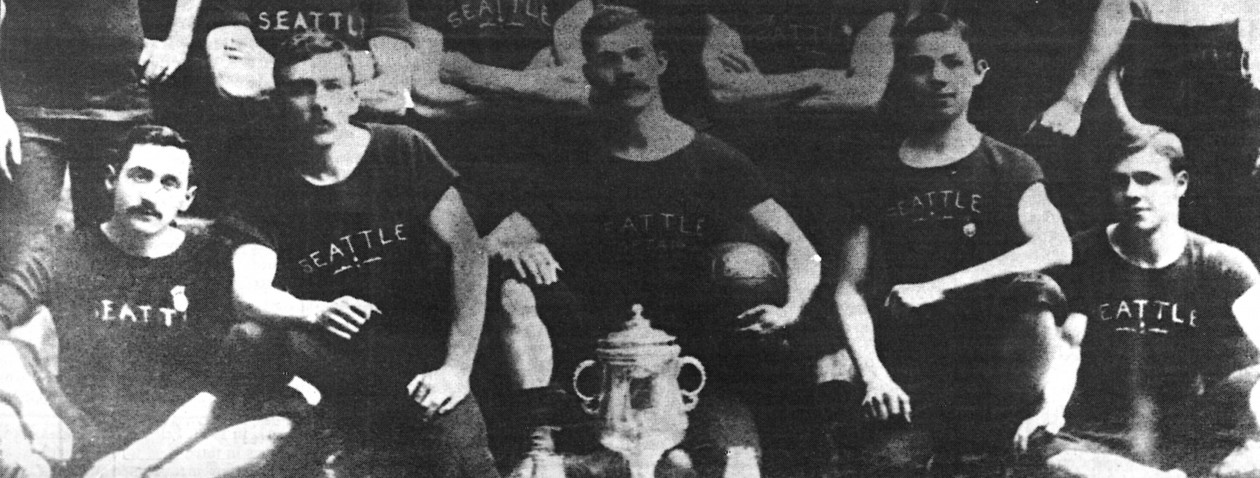The closest thing to collegiate soccer dynasty setting its roots in Washington came in the early Eighties, to a place once known as the Little School by the Canal.
Seattle Pacific University has long been synonymous with soccer. Six NCAA championships (five men’s, one women’s) will do that. But it was a remarkable run from 1983-86 that may never be matched around these parts.

During those four seasons, SPU won three Division II national championships and nearly a fourth. The Falcons, despite playing the most grueling schedule in D2, averaged 18 wins per year and became the first 20-win program in the state.
The coach of those teams and 38 altogether from 1970-2007 was Cliff McCrath. Although he could offer little in terms of scholarship aid, McCrath’s program was perceptibly on a par with Washington those days because he offered extensive travel and the opportunity to compete at a national level.
That package attracted some of the best talent in the Northwest. Twelve players from these teams went on to help form the nucleus of the first FC Seattle sides. They were well-prepared and McCrath instilled a quiet confidence. Confronted by multi-national teams, they had no fear. Beyond talented, they were tough. They pressured from the top down, and their attack could punished mistakes.

In that one four-year stretch alone, SPU played games in 14 states and provinces across all four time zones. The Falcons participated in 14 playoff games and met 24 Division I programs as well. And come tournament time they were ready to rumble.
Two of those titles were taken on the road. In 1983 they traveled to the University of Tampa for the final. The Spartans were top-ranked and playing before more than 4,000 fans. No matter. Seattle Pacific held Tampa scoreless for the first time in three years, winning 1-0.
A year later the Falcons had their own big crowd at Memorial for the championship game against Florida International. However, this time they fired blanks. The Falcons forced an NCAA tournament record 19 corner kicks yet let only the only one they allowed, 1-0.
Seattle Pacific packed significantly more punch for the rematch in 1985. Peter Hattrup, destined for stardom with the Sounders, paced an attack that had netted 86 goals in 22 games. At Miami and versus FIU, Hattrup scored twice and set-up the eventual winner as SPU (20-3-0) hung tough, 3-2.

Finally, in 1986, came the clincher. Hattrup had gone on to the Tacoma Stars but the predominantly local cast (Redmond’s Scott Cairns started in center midfield in all four finals) was up to the task. They went to Cal State Northridge to defeat the nation’s No. 1 team before coming home to deal Oakland (Mi.) a thumping before 4,100. Two goals in the first three minutes paved the way to the most lopsided final (4-1) and the Falcons became the first in D2 to win consecutive titles.
Seattle Pacific would add another title in 1993, and it’s women’s program would earn its first in 2008. Both remain regular tournament qualifiers to this day.
No other team in Division II history has yet to pull off the same feat of the Falcons’ four straight championships games. In Division I, only Bruce Arena’s Virginia (1991-94) has done it since. For sure, what Seattle Pacific accomplished was a feat for the ages.

Great stuff Frank. Way to keep the history Seattle alive.
Great to hear from you, Marcus!